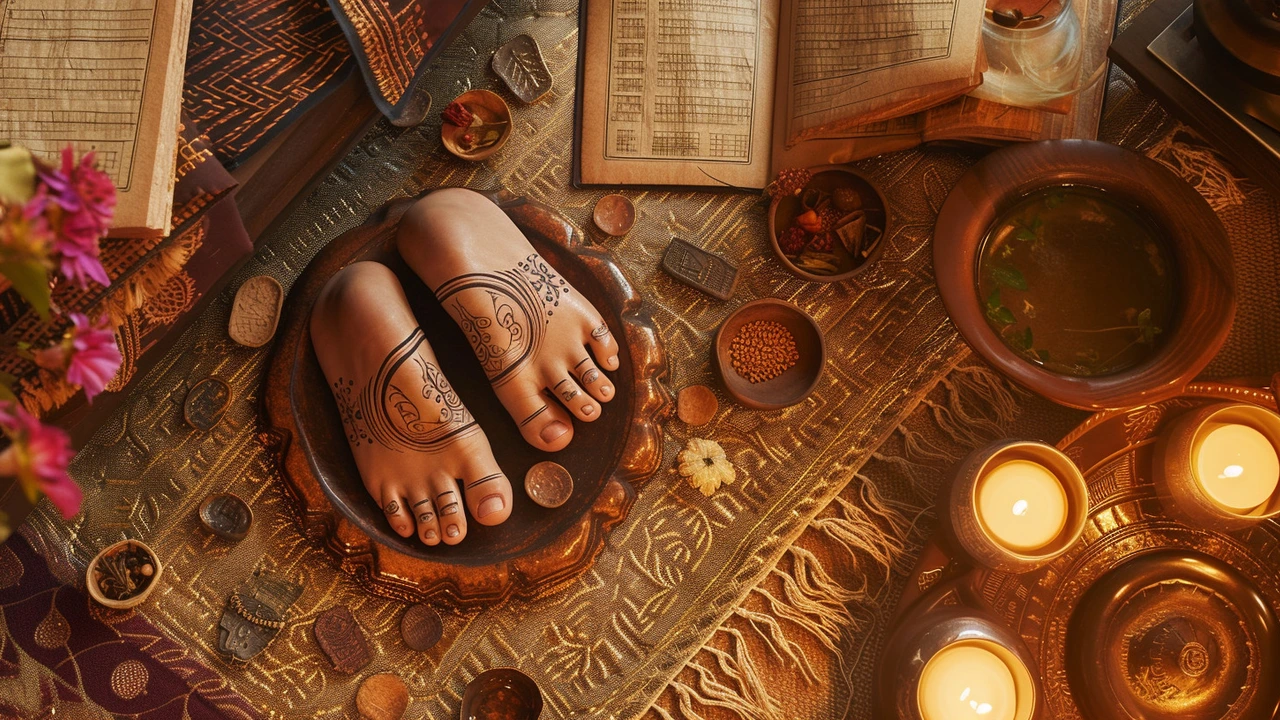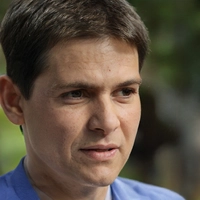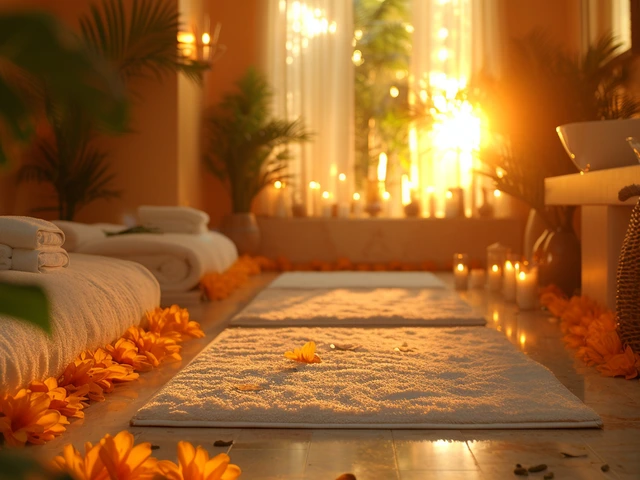Unlocking the Secrets of Reflexology: A Comprehensive Guide to Ancient Foot Therapy Techniques
Historical Footsteps: The Origins of Reflexology
Reflexology is believed to have ancient roots that stretch back thousands of years, with evidence found in various cultures around the world. The practice has evolved through the ages, influenced by traditional healing practices of civilizations like the Egyptians, Chinese, and Native Americans. The notion that the foot is a map of the body dates back as far as 2330 B.C. to the Egyptian tomb of Ankhmahor, where depictions of foot massage suggest an early form of reflexology. Fast forward to the 20th century, the contemporary form of reflexology began to take shape under the thought-leadership of individuals like Dr. William Fitzgerald and Eunice Ingham, who pioneered the concept of the 'zone theory' and the 'foot maps' respectively.
The exploration of reflexology's history provides intriguing insights into how ancient practices can inform modern therapeutic techniques. Understanding the lineage of reflexology not only honors the wisdom of our ancestors but also deepens our appreciation for the practice today. As reflexology continues to be studied and refined, we remain connected to a rich tradition of natural healing that transcends time and culture.
Theoretical Toes: Understanding the Concept of Reflexology
At its core, reflexology operates on the premise that specific areas on the feet, hands, and ears correspond to different parts of the body. Practitioners believe that stimulating these areas helps to balance the flow of energy through the body's 'zones' or 'meridians.' Reflexologists use a variety of thumb, finger, and hand techniques to apply pressure to these reflex points, intending to promote overall health and wellbeing.
While reflexology is not intended to diagnose or cure specific ailments, many adherents claim it offers numerous benefits. Advocates suggest it can alleviate conditions such as anxiety, headaches, and digestive disorders, among others. It's also believed to improve circulation, boost the immune system, and promote relaxation. Even skeptics who doubt the underlying theory often report a profound sense of relaxation after a session, which in itself can be conducive to healing and stress relief.
Pressing Matters: Self-Reflexology Techniques
Reflexology is a modality that one can practice both with the help of a professional or through self-application. Learning self-reflexology can be a powerful way to take charge of your own health and find relief on-demand. It starts with familiarizing oneself with the basic 'foot map' that guides the practice. This map divides the foot into zones that correspond to different organs and systems, with specific points relating to everything from the sinuses to the spine.
Self-reflexology involves applying pressure to these points in a calm, soothing environment. It is essential to use moderate pressure and work both feet to ensure balance across the body's zones. Sequences usually begin with a warm-up by gently massaging and stretching the entire foot before focusing on specific points to address personal health concerns. Remember, the key to effective self-reflexology is consistency and mindfulness. It's not about exerting force but rather nurturing touch and attentive care to one's body signals.
Footprints of Evidence: The Scientific Perspective
The intersection of reflexology and science is a topic of much debate. While countless anecdotal reports praise its effectiveness, the scientific community often seeks more empirical evidence through controlled studies and research. In recent years, there has been a growing body of research examining the potential benefits of reflexology. Some studies suggest positive outcomes in areas such as pain management, anxiety reduction, and improved quality of life for individuals with chronic conditions.
However, scientists and medical professionals caution against considering reflexology as a standalone treatment for serious medical conditions. They emphasize the importance of integrating reflexology within a broader healthcare approach. As with many complementary therapies, reflexology's effectiveness may be enhanced when combined with conventional medical treatment, healthy lifestyle choices, and other holistic practices. Whether the focus is on the scientific validation or an individual's personal experience, the enduring interest in reflexology signifies a continuing quest for holistic health and the timeless value of ancient wisdom in contemporary life.







Comments